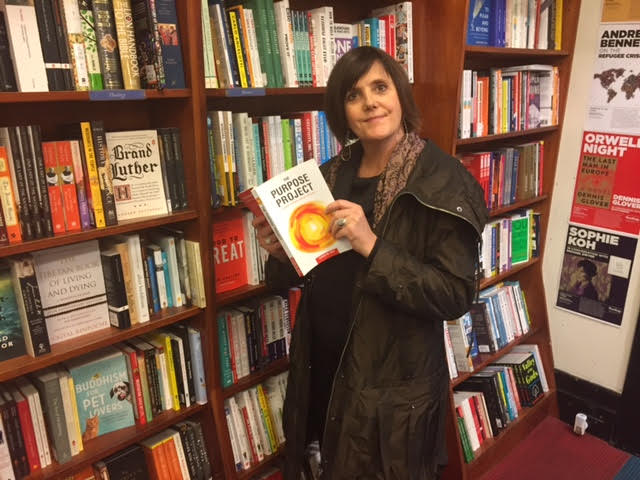I am a fan of the niche when it comes to business books: the narrower the audience, the more special your readers feel. If you write a book for vegan vets who live in Brighton, Melbourne, not many people will buy or read your book. But those who do will love it (if it’s good) and feel special.
If that is you, you don’t need to distribute your book to bookshops. But if you have a book with wide appeal—such as “How to Lose 10 Kilos on a Diet of Cream Puffs” (just kidding)—you will want your book to go national or even global.
Can you do it as a self-published author? Yes, you can, with some caveats.
The first is that you must have an ISBN and barcode for both your print and e-version. ISBNs are the way that bookshops and libraries keep track of books and are not expensive (under $100 for 10) and only available from one place.
(If you would like my fact sheet about how to get an ISBN, reply to this email and I will send it to you.)
With that in place, you have three options.
-
Get your book printed with Ingram Spark or with Create Space. These are printing companies, but they make their money from distributing your book in around 40,000 booksellers and online retailers worldwide. You need to click the button for both e-Pub and print. They take a hefty commission (about 60%-70%). But this is still less than a publisher, which may take as much as 90%.
-
Go to your local bookshop, especially independent ones, and ask them to put it on their shelves. Be ready to do a bit of a sell. They won’t take any old rubbish. Remember, the whole industry works on sale or return. They are not going to buy your book, but stock it for you. This is a marked change from the old days when book retailers snubbed their noses at self-published authors.
-
The Australian Society of Authors offers an exclusive relationship with one distributor: John Reed Books. The ASA has had a makeover in recent years, so you get a lot of value for your (quite low) membership fee, and this arrangement is one big value-add.
If you do get your book in a bookshop, immediately take a pic of it in the store and spread it far and wide on social media. Its primary value is the “social proof” or third party endorsement it offers.
Winning a publishing deal with a traditional author is no longer the only way to get your book into retailers.
Just by the way, you will know you have made it if your book is stocked by Big W or K-Mart because the volume of sales these discount department stores do set them into a category of their own.
But they won’t deal with anyone but publishers. Yet.
PS: I’ll be publishing a valuable update on this blog soon — a brand new option that is a remarkable innovation in the industry.

